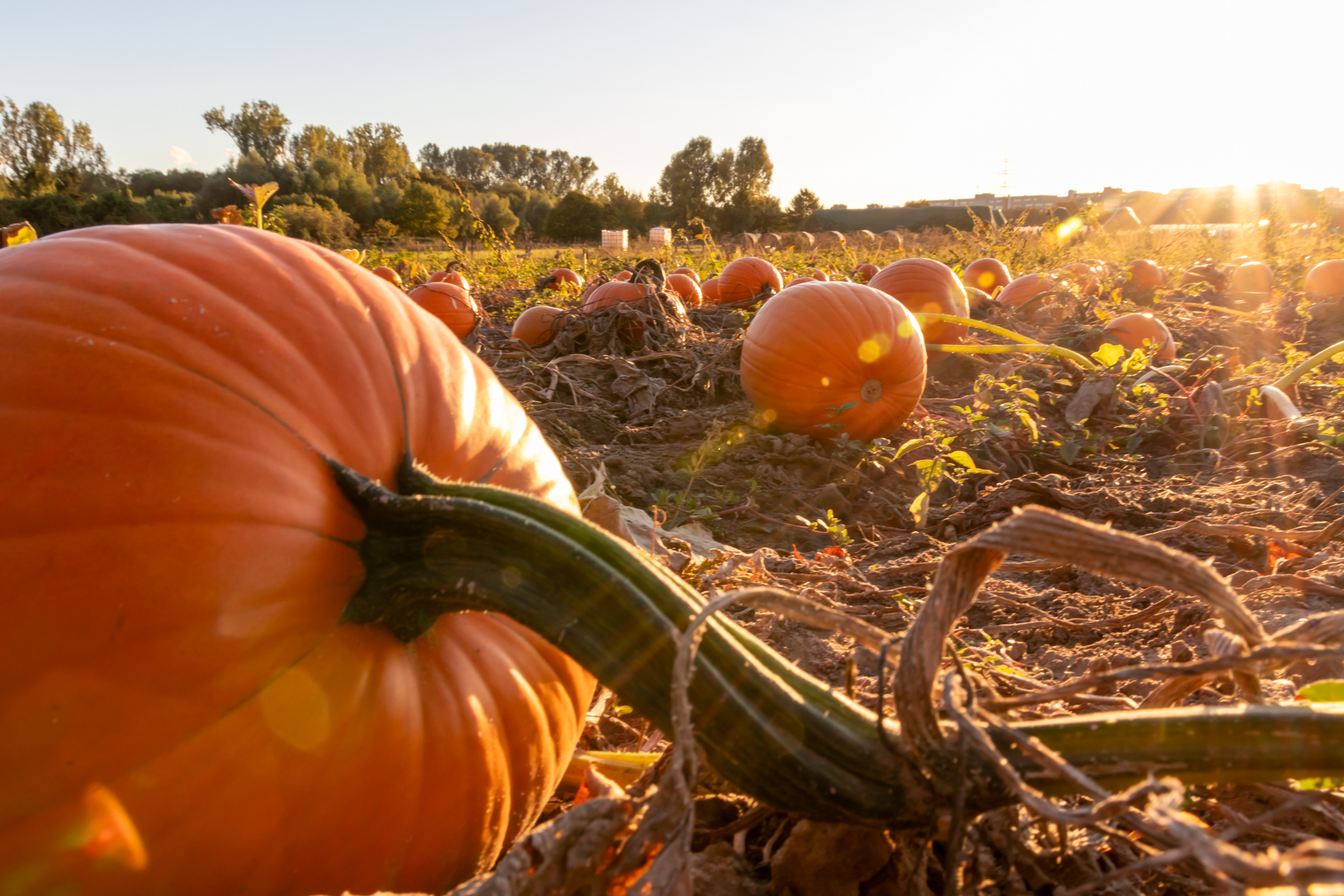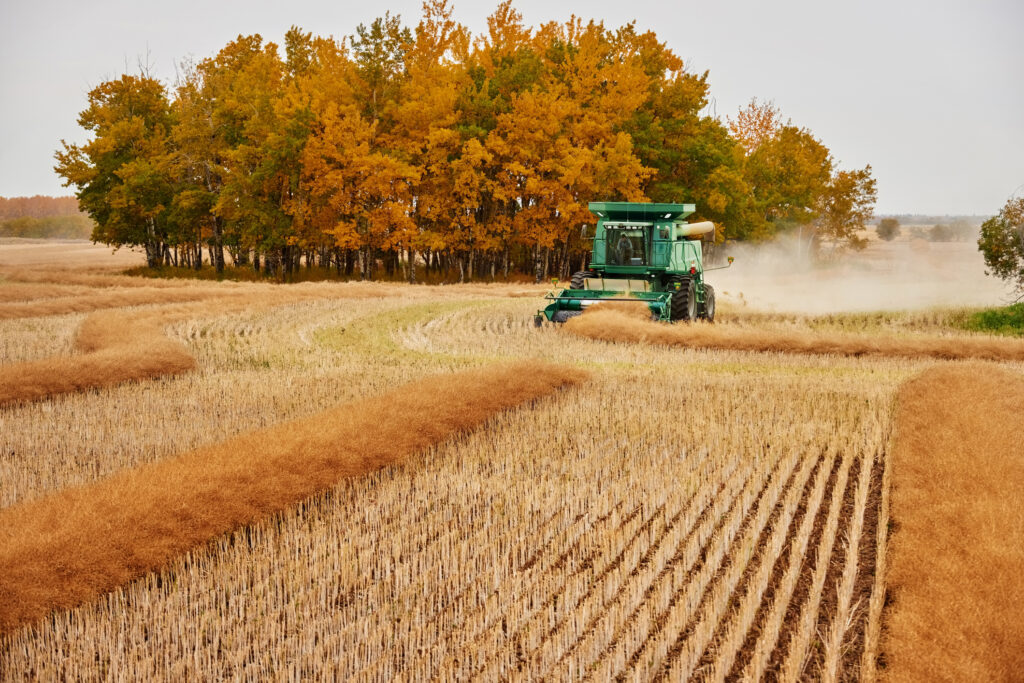
Imagine this: The earthy scent of microbes breaking down leaves in the soil fills the air. Your harvest is complete, the season is winding down, and you’re likely looking forward to a well‑deserved break. But before you prepare for winter, seize the opportunity to assess the health of the microbes in your soil. It will pay off next spring! Testing microbial biomass carbon (MBC) and fungal-to-bacterial (F: B) ratios during autumn sets the stage for healthier, more resilient soils next spring. This proactive step is in your hands, and it’s a crucial one.
Here’s why autumn is the sweet spot for measuring soil biology:
1. Post-harvest tests show the real impact of your management
Sampling during autumn captures the “end-of-season report card” for your soil. It reflects how crops and cover crop management shaped microbial life through the growing season. Studies by Cornell University show post-harvest data shows differences between treatments, with diverse cover rotations supporting higher microbial activity compared to standard fallow fields. In other words, autumn tests provide a clear picture of how your decisions paid off biologically.
2. Results guide action plans for the winter
Nebraska Extension notes that low MBC signals low biological activity and carbon availability—exactly the type of challenge that can be addressed when you act ahead of spring. Autumn is your window to respond before soils go quiet in winter. If MBC trends low, you can jumpstart recovery with practices like:

3. Amendments need time to work
If you know your soil is acidic and requires lime, autumn or manure additions, autumn is the best time to make applications and alterations to the microbial ecosystem. Amending now gives the soil several quiet winter months to equilibrate, ensuring pH is in the right range for nutrient availability and microbial activity by the time you plant again.
4. Fall testing builds valuable trend data year over year
Soil health is about direction, not just snapshots. Measuring MBC and F: B ratios every autumn lets you to track whether regenerative practices are truly building biology year after year. That trendline is powerful for farmers, researchers, and anyone looking to prove results.
Final Takeaway: Think of fall microbial testing during autumn as giving your soil a health check before it goes to sleep. You’ll capture a clear understanding of how the season’s management impacts microbes and receive the insights you need to act. When spring rolls around, and microbial life ramps up, you’ll be ready with soils that are biologically prepared for partnering with plants in helping them grow.